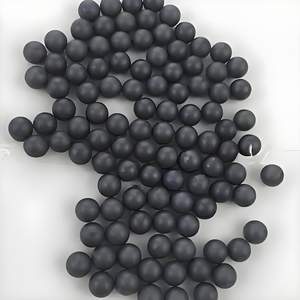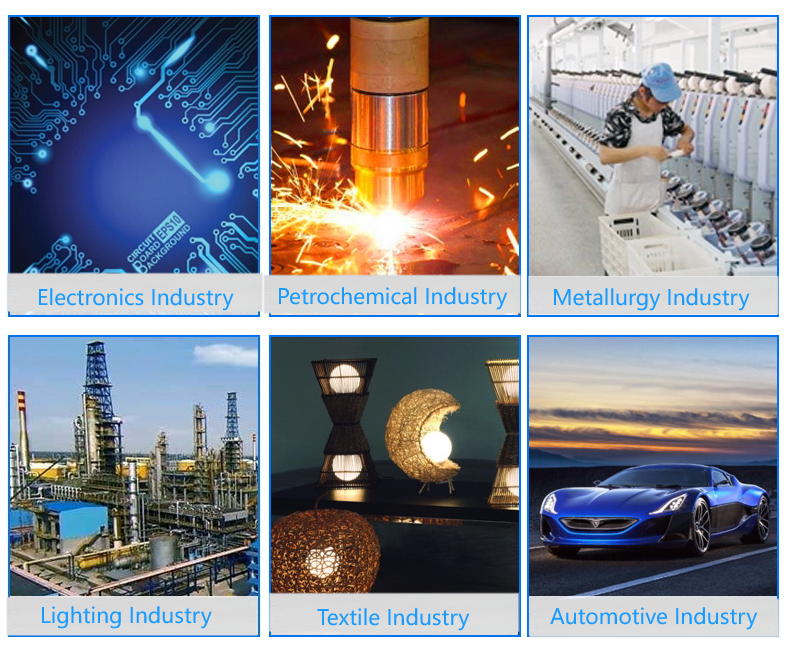Discover Premium Ceramic Products | Durability & Elegance United | Advanced Ceramics
PRODUCT PARAMETERS
Description
Introduction of Boron Carbide Ceramics
Boron carbide ceramics is an inorganic, non-metallic material with carbon and boron as its main components, and its chemical formula is B4C. Since its discovery in the early 20th century, this material has attracted a great deal of attention because of its unique physical and chemical properties. Boron carbide ceramics have an extremely high hardness, second only to diamond and cubic boron nitride, which makes it important in the field of wear-resistant materials. It also exhibits excellent corrosion resistance, high-temperature stability and low-density properties, attributes that make it ideal for the manufacture of bullet-proof vests, nozzles, bearings and other mechanical components that require high wear resistance. Boron carbide ceramics can also be prepared in a variety of shapes and sizes through different processes to meet the needs of different industries.
Characteristics of Boron Carbide Ceramics
Boron carbide ceramics are known for their excellent performance characteristics, starting with their ultra-high hardness and strength, which makes them resistant to severe abrasion and scratching, making them ideal for use in cutting tools and abrasives. Secondly, the material possesses excellent chemical stability and is less likely to react with chemicals such as acids and alkalis, even in extreme environments, making it widely used in certain key components in the chemical industry. In addition, the superior thermal stability of boron carbide ceramics and their ability to maintain structural and property stability at extremely high temperatures makes them one of the key materials in the aerospace and nuclear industries. Finally, it is worth mentioning its lightweight properties, which, due to its low density, make boron carbide ceramics an ideal option for application scenarios that require light weight but high strength. Together, these characteristics give boron carbide ceramics a wide range of applications.
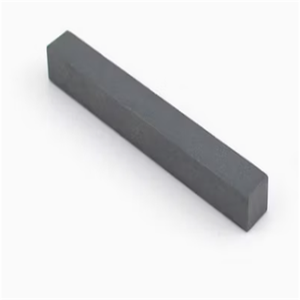
(Silicon Carbide Boron Carbide Alumina Ceramic Armor Plate)
Specification of Silicon Carbide Boron Carbide Alumina Ceramic Armor Plate
This product is a high-performance ceramic shield plate made from a mix of silicon carbide, boron carbide, and alumina. These products collaborate to develop a light-weight yet very resilient option for ballistic protection. The plate is developed to stop bullets and fragments from rifles, machine guns, and eruptive devices. It supplies better performance contrasted to typical steel shield while considering dramatically less.
Silicon carbide provides high solidity and resistance to abrasion. Boron carbide adds remarkable ballistic homes, making it reliable against armor-piercing risks. Alumina adds to overall structural security and cost effectiveness. The 3 products are refined under heats and stress to develop a thick, consistent composite. This production approach makes sure minimal powerlessness in the final product.
The shield plate maintains regular efficiency throughout extreme temperatures. It works in atmospheres ranging from -50 ° C to 1000 ° C without splitting or deforming. The surface area is smooth and resistant to corrosion, allowing it to hold up against severe weather, chemicals, and UV direct exposure. This makes it suitable for military automobiles, body armor, helicopters, and protection installments.
Testing shows the plate meets NIJ Level IV and STANAG 4569 criteria. It can stop multiple hits from high-velocity rounds like 7.62 mm AP ammunition. The multi-layer layout distributes impact energy, minimizing backface contortion. This decreases the threat of injury to personnel behind the armor.
Customized dimensions and densities are available to fit details applications. Thinner plates focus on wheelchair, while thicker versions use boosted protection for critical locations. The sides are precision-ground to avoid cracking during installment. Mounting choices include sticky bonding, mechanical bolts, or modular panel systems.
Manufacturing follows stringent quality assurance, consisting of ultrasonic inspections and density checks. Each set goes through live-fire screening to confirm efficiency. The plates work with existing armor systems and can be covered for camouflage or thermal monitoring. Maintenance includes simple cleansing with water or mild solvents. No special treatments are needed for long-lasting storage space.
The combination of materials makes sure a balance between cost, weight, and protection. This makes home plate a sensible option for protection, police, and private protection needs.

(Silicon Carbide Boron Carbide Alumina Ceramic Armor Plate)
Applications of Silicon Carbide Boron Carbide Alumina Ceramic Armor Plate
Silicon carbide, boron carbide, and alumina ceramic armor plates are utilized commonly in protective systems. These materials take care of severe problems. Military automobiles utilize them for light-weight shielding versus bullets and dynamites. Body shield depends on their strength to stop high-velocity projectiles without adding mass. Airplane and marine devices benefit from their warmth resistance and capacity to endure rough environments.
Boron carbide stands apart as one of the hardest materials offered. It executes well in body shield and helicopter seats. Its reduced weight helps reduce tiredness for soldiers and pilots. It absorbs power properly, stopping infiltration from armor-piercing rounds. The product stays steady under high stress and anxiety, making it reputable in fight.
Silicon carbide provides a balance of toughness and expense effectiveness. It stands up to wear, deterioration, and thermal shock. Military ground automobiles use it for exterior panels. Industrial settings apply it in equipment exposed to abrasion or heats. Its durability guarantees long-lasting protection without constant substitutes.
Alumina ceramic is much more budget-friendly while still supplying solid protection. It operates in private applications like bank security panels or VIP vehicle armor. Authorities and personal safety usage alumina plates for everyday threats. Though less difficult than boron carbide, it stops common ammunition efficiently. Manufacturing facilities select it for cost-sensitive jobs requiring dependable security.
Combining these materials enhances efficiency. Layering boron carbide over alumina lowers costs without sacrificing safety. Blending silicon carbide with metals creates crossbreed armor for specialized needs. Designers readjust material proportions based upon risk degrees and budget limitations.
These porcelains excel in quiting power. They ruin inbound projectiles on contact, spreading power throughout the surface. Their non-metallic nature avoids radar detection in stealth operations. Minimal upkeep is required contrasted to standard steel shield. Warm resistance permits use in engines or high-friction areas.
Personalized shapes and thicknesses adjust to specific tools. Tanks make use of rounded plates for much better coverage. Body armor employs slim layouts for wheelchair. Consistent density makes sure constant protection. Advanced production permits accurate fitting for complex equipment.
These shield plates fulfill contemporary demands for light-weight, high-strength defense. Their flexibility extends military, industrial, and noncombatant usages. Efficiency varies by material grade, enabling tailored remedies for various threats. Appropriate option makes certain maximum security with marginal weight or price.
Company Introduction
Advanced Ceramics founded on October 17, 2014, is a high-tech enterprise committed to the research and development, production, processing, sales and technical services of ceramic relative materials and products.. Since its establishment in 2014, the company has been committed to providing customers with the best products and services, and has become a leader in the industry through continuous technological innovation and strict quality management.
Our products includes but not limited to Silicon carbide ceramic products, Boron Carbide Ceramic Products, Boron Nitride Ceramic Products, Silicon Carbide Ceramic Products, Silicon Nitride Ceramic Products, Zirconium Dioxide Ceramic Products, Quartz Products, etc. Please feel free to contact us.(nanotrun@yahoo.com)
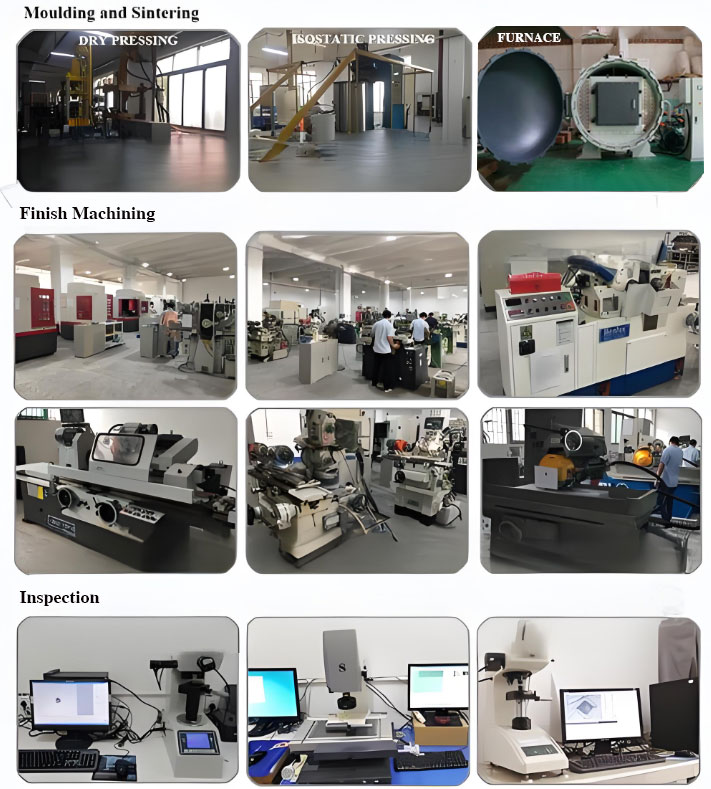
Payment Methods
T/T, Western Union, Paypal, Credit Card etc.
Shipment Methods
By air, by sea, by express, as customers request.

5 FAQs of Silicon Carbide Boron Carbide Alumina Ceramic Armor Plate
Silicon Carbide Boron Carbide Alumina Ceramic Armor Plates combine advanced ceramics for high-performance protection. Here are common questions answered. What materials are used in these armor plates? The plates mix silicon carbide, boron carbide, alumina. These ceramics are layered or blended. They create a hard, lightweight barrier. The combination balances cost and performance. Each material adds unique properties. Silicon carbide resists abrasion. Boron carbide stops high-velocity threats. Alumina offers cost efficiency. How does ceramic armor stop bullets? The armor absorbs and disperses impact energy. The ceramic layer shatters incoming projectiles. This reduces penetration force. A backing layer catches debris. The process spreads energy sideways. This weakens the bullet’s effect. Why choose ceramic over steel armor? Ceramic plates weigh less. They reduce fatigue for users. Ceramic resists corrosion better. Steel rusts over time. Ceramic handles higher temperatures. Steel deforms under heat. Ceramic performs better against armor-piercing rounds. Steel needs thicker layers for similar protection. Where are these plates typically used? Military vehicles use them for added shielding. Body armor inserts protect soldiers. Security personnel wear them in high-risk zones. They shield aircraft components. Civilian applications include VIP transport. Armored banks use them in critical areas. How to maintain ceramic armor plates? Inspect regularly for cracks or chips. Damage reduces effectiveness. Clean with mild soap and water. Avoid harsh chemicals. Store in dry areas. Extreme humidity weakens bonding. Follow manufacturer guidelines for lifespan. Replace plates after impact or expiration dates. Handle carefully to prevent drops. Rough handling causes micro-fractures.
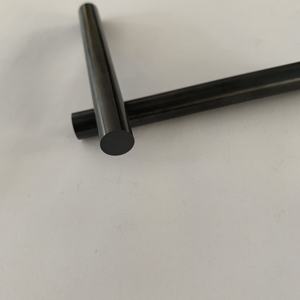
(Silicon Carbide Boron Carbide Alumina Ceramic Armor Plate)
REQUEST A QUOTE
RELATED PRODUCTS
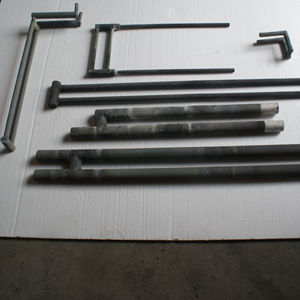
Hot Pressing Sintered B4C Boron Carbide Pressureless Sintering Ceramic Parts
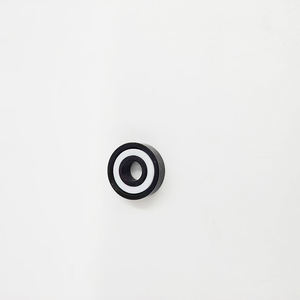
Hot Press Sintered Boron Carbide B4C Ball Boron Carbide Ceramic Protective Ball
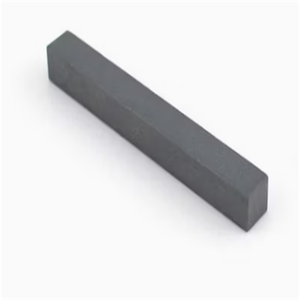
Boron Carbide Ballistic Ceramic in Hexagonal Tiles
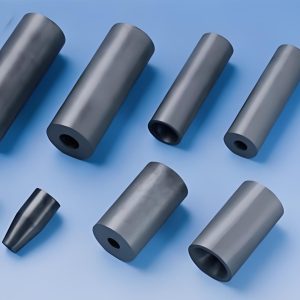
High Hardness B4C Boron Carbide Ceramic Tube
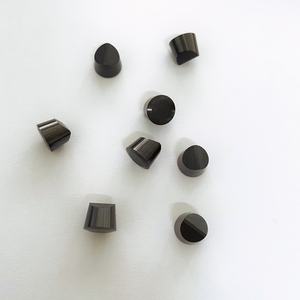
Best Boron Carbide Ceramic in Hexagonal Tiles
